Buy the photo Quiet evening at the Oostpoort in Delft by Jeroen de Jongh Photography on canvas, ArtFrame, poster and wallpaper, printed on demand in high quality.
About "Quiet evening at the Oostpoort in Delft"
by Jeroen de Jongh Photography
About the artwork
The Oostpoort is the only one of the originally eight city gates remaining from the city of Delft, in the Dutch province of South Holland. The original city gates had to be demolished in 1359 as punishment because Delft had lost a war against Duke Albrecht of Bavaria. After this, the Oostpoort, like the other city gates, was immediately rebuilt, and was raised in 1519.
When William of Orange came to live in Delft in 1572, the entire fortress was fortified. Around 1840, the other Delft city gates were demolished, only the Oostpoort was allowed to remain, as it was not in the way in the outskirts of the city. A small piece of fortification wall on the north side and a statue of a guard above the gate are reminders that the gate was once there to protect Delft.
The Oostpoort consists of a land gate and a water gate connected by remnants of a city wall, all fully restored in 1964. The adjacent Oostpoort bridge dates from 1514 and, like the gate itself, is also a national monument. In theme park Huis ten Bosch in Japan, a replica of the Oostpoort and the nearby drawbridge can be found.
Delft has a historic city centre, created on a dug-up watercourse, the 'Delf', a dug-up extension of the Schie, and named after it; delven means digging. At the elevated place where this 'Delf' crossed the creek ridge of the silted-up little river Gantel, a grave vroonhof was established, probably since the 11th century.
In the 19th century, Delft developed into an industrial city and today, with the presence of a Technical University and the research institutes TNO and Deltares, presents itself mainly as Delft Knowledge City with the slogan Creating History. Delft's nickname is the City of Princes. The city's patron saint is Hippolytus of Rome.

About Jeroen de Jongh Photography
I'm Jeroen, and I'll spare you the long introduction. ;) If you're looking for a landscape photo for your wall, you've come to the right place... Read more…
 Germany
Germany Ordered in April 2021
Ordered in April 2021
 Germany
Germany Ordered in July 2020
Ordered in July 2020
 Netherlands
Netherlands Ordered in January 2019
Ordered in January 2019
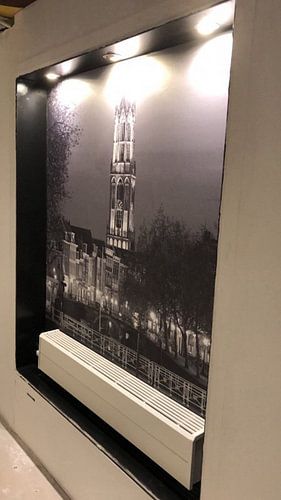
 Germany
Germany Ordered in July 2021
Ordered in July 2021
 Netherlands
Netherlands Ordered in August 2021
Ordered in August 2021
 Netherlands
Netherlands Ordered in January 2018
Ordered in January 2018
 Netherlands
Netherlands Ordered in June 2021
Ordered in June 2021
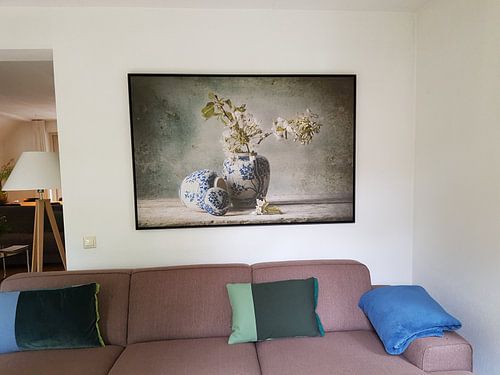
 Germany
Germany Ordered in February 2020
Ordered in February 2020
 Netherlands
Netherlands Ordered in October 2024
Ordered in October 2024
 Germany
Germany Ordered in December 2019
Ordered in December 2019
 Netherlands
Netherlands Ordered in December 2024
Ordered in December 2024
 Netherlands
Netherlands Ordered in August 2025
Ordered in August 2025
About the material
ArtFrame™
Interchangeable Art Prints
- High-quality print
- Easily interchangeable
- Acoustic function
- Large sizes available
Discover the artworks of Jeroen de Jongh Photography
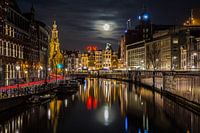 Full moon at the flower marketJeroen de Jongh Photography
Full moon at the flower marketJeroen de Jongh Photography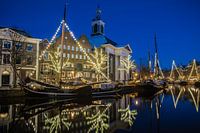 Lange HavenJeroen de Jongh Photography
Lange HavenJeroen de Jongh Photography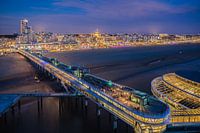 Scheveningen PierJeroen de Jongh Photography
Scheveningen PierJeroen de Jongh Photography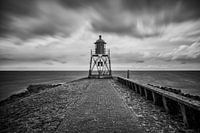 Lighthouse StavorenJeroen de Jongh Photography
Lighthouse StavorenJeroen de Jongh Photography April 25th BridgeJeroen de Jongh Photography
April 25th BridgeJeroen de Jongh Photography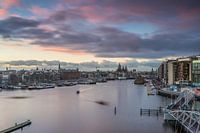 OosterdokJeroen de Jongh Photography
OosterdokJeroen de Jongh Photography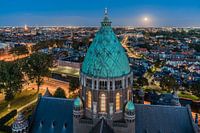 Climb to the lightJeroen de Jongh Photography
Climb to the lightJeroen de Jongh Photography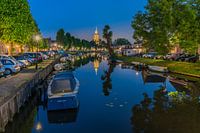 MonnickendamJeroen de Jongh Photography
MonnickendamJeroen de Jongh Photography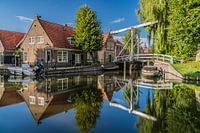 Zonnepad MonnickendamJeroen de Jongh Photography
Zonnepad MonnickendamJeroen de Jongh Photography NDSM sunsetJeroen de Jongh Photography
NDSM sunsetJeroen de Jongh Photography Mill de Vlinder on a misty morning in the BetuweJeroen de Jongh Photography
Mill de Vlinder on a misty morning in the BetuweJeroen de Jongh Photography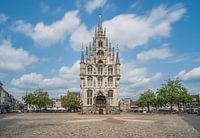 Town Hall of Gouda at the MarketJeroen de Jongh Photography
Town Hall of Gouda at the MarketJeroen de Jongh Photography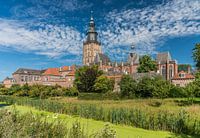 Swans at the skyline of ZutphenJeroen de Jongh Photography
Swans at the skyline of ZutphenJeroen de Jongh Photography Quiet autumn morning in the park of Groeneveld CastleJeroen de Jongh Photography
Quiet autumn morning in the park of Groeneveld CastleJeroen de Jongh Photography Magical sunrise at the Amstelveense PoelJeroen de Jongh Photography
Magical sunrise at the Amstelveense PoelJeroen de Jongh Photography Sunrise in the cherry blossom park of the Amsterdamse BosJeroen de Jongh Photography
Sunrise in the cherry blossom park of the Amsterdamse BosJeroen de Jongh Photography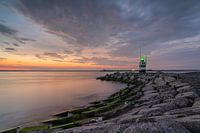 Sunset at the IJmuiden PierJeroen de Jongh Photography
Sunset at the IJmuiden PierJeroen de Jongh Photography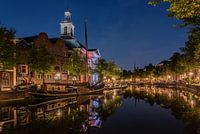 Peace and quiet at Schiedam's Lange HavenJeroen de Jongh Photography
Peace and quiet at Schiedam's Lange HavenJeroen de Jongh Photography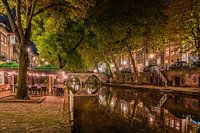 Having a drink along Utrecht's Oudegracht canalJeroen de Jongh Photography
Having a drink along Utrecht's Oudegracht canalJeroen de Jongh Photography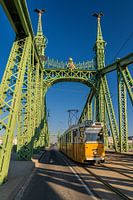 Tram 47 passes over the Freedom Bridge in BudapestJeroen de Jongh Photography
Tram 47 passes over the Freedom Bridge in BudapestJeroen de Jongh Photography













 Blue hour
Blue hour Bridges
Bridges Delft
Delft Europe
Europe Mysterious Spheres
Mysterious Spheres Night photography
Night photography Photo wallpaper
Photo wallpaper Photography
Photography Reflections
Reflections Serene Peace
Serene Peace The Netherlands
The Netherlands









